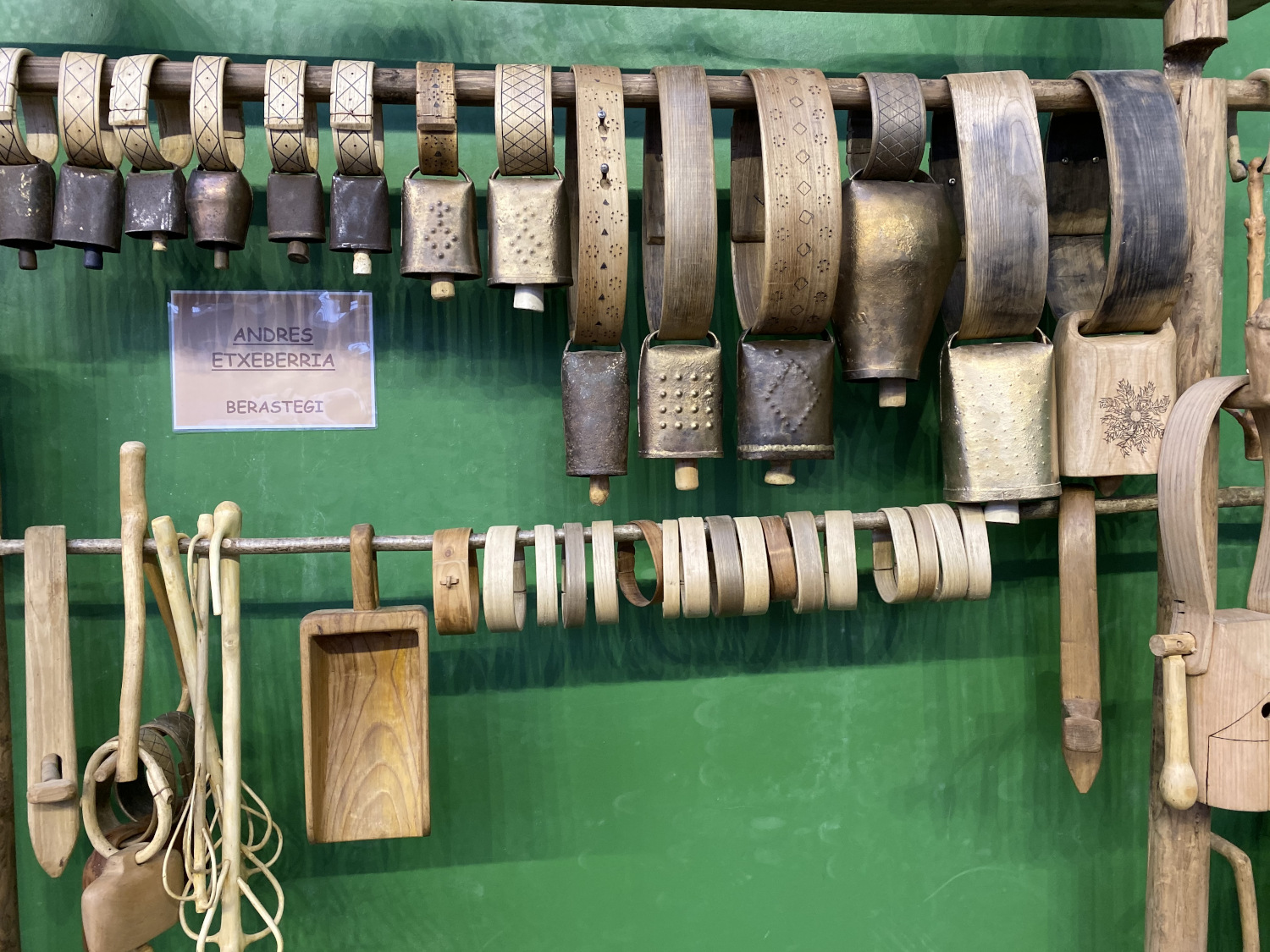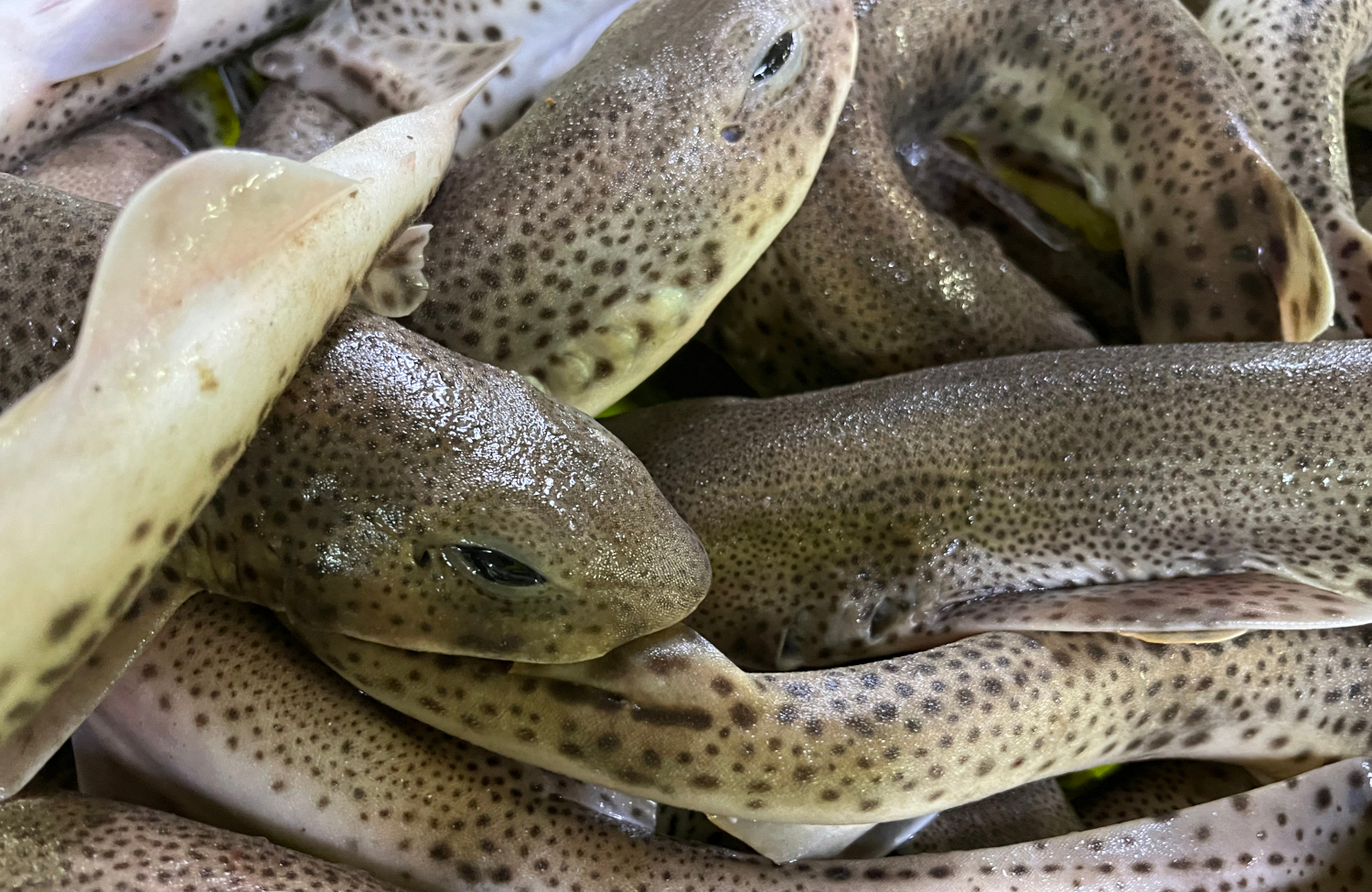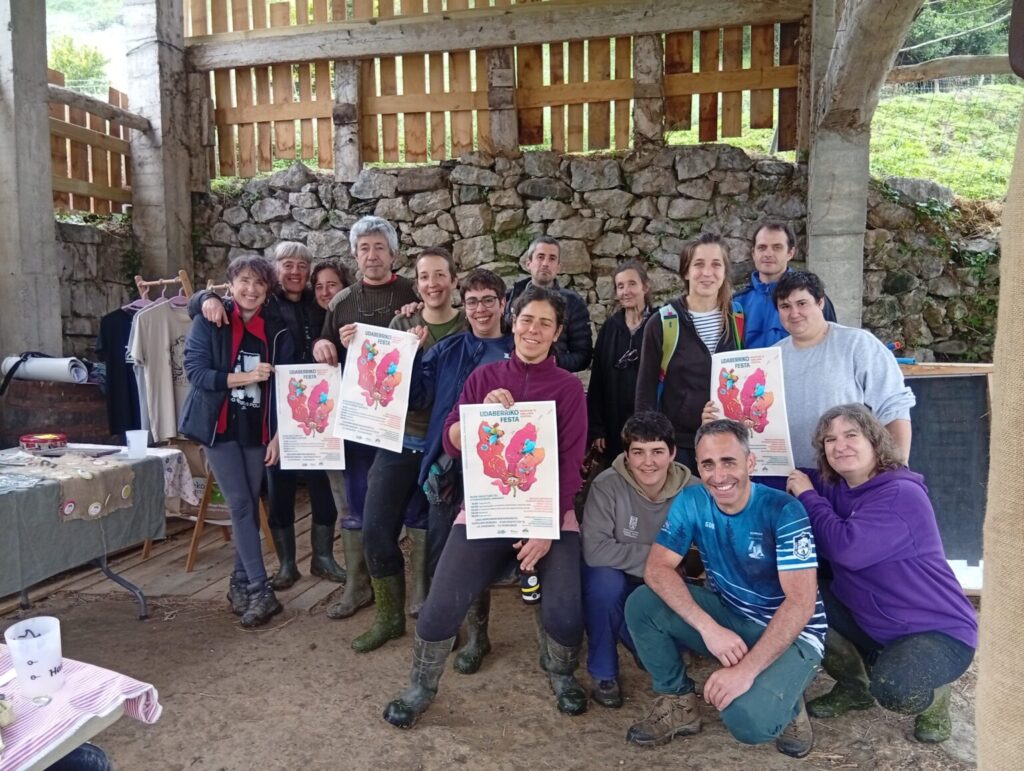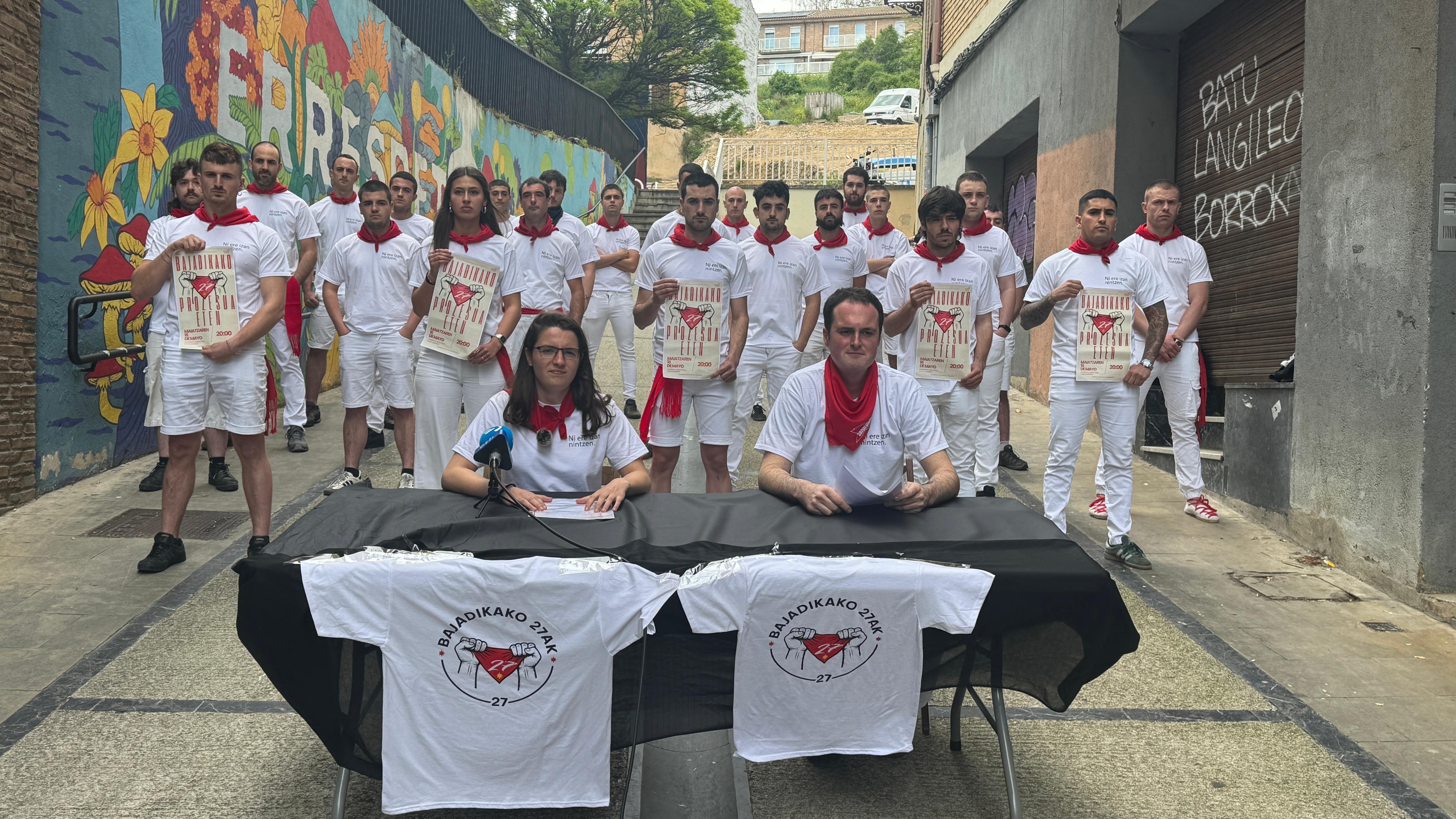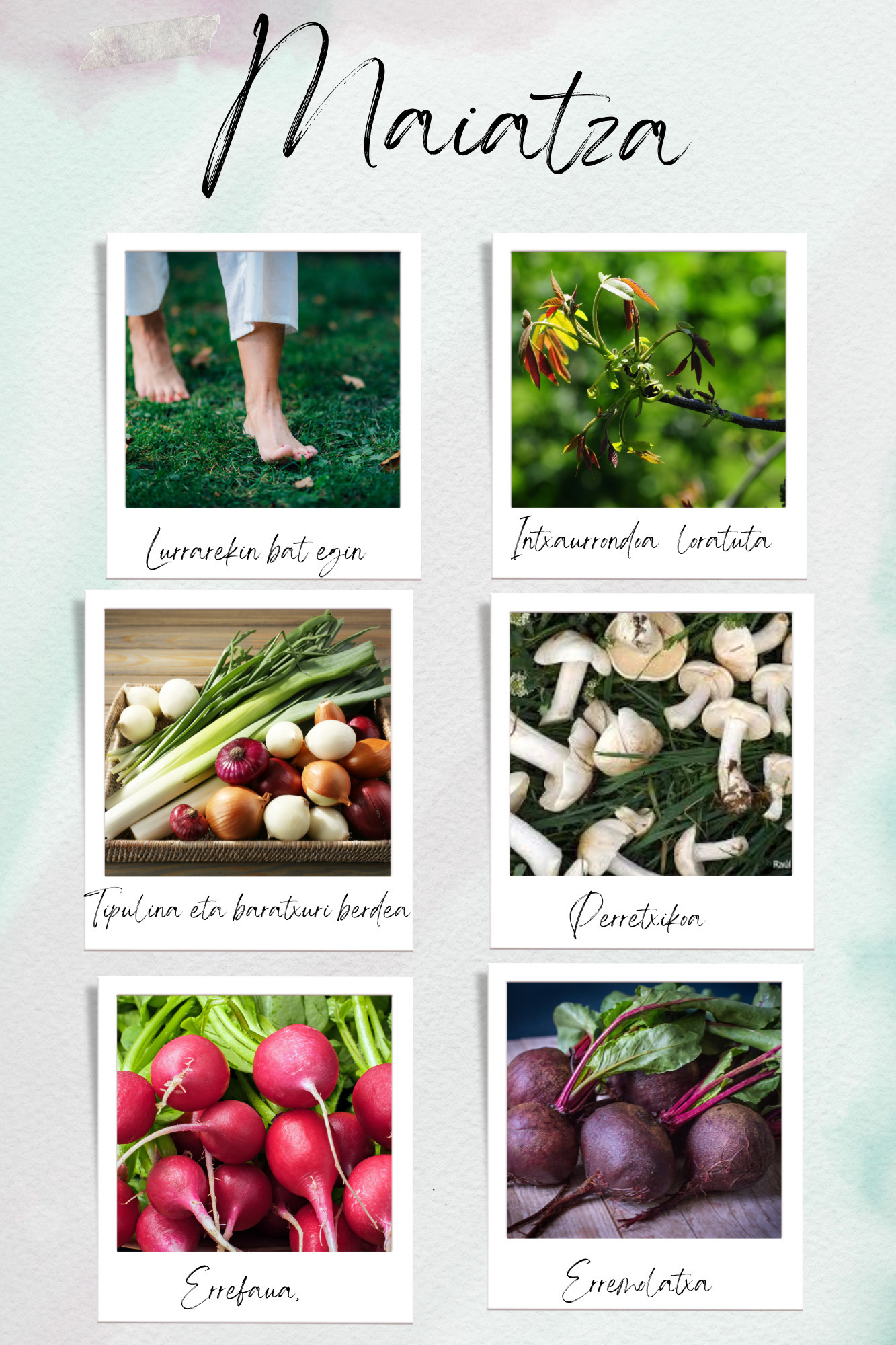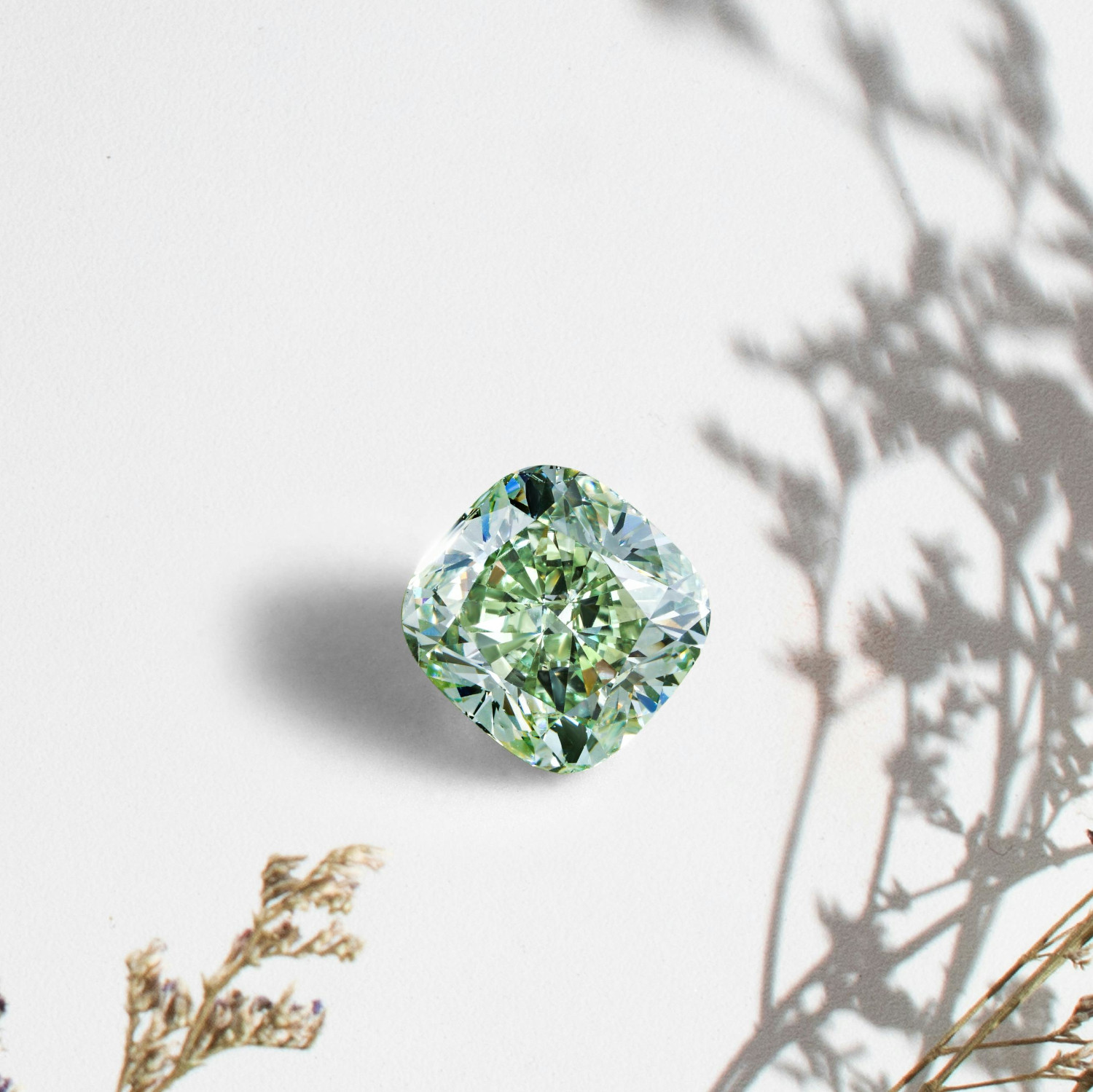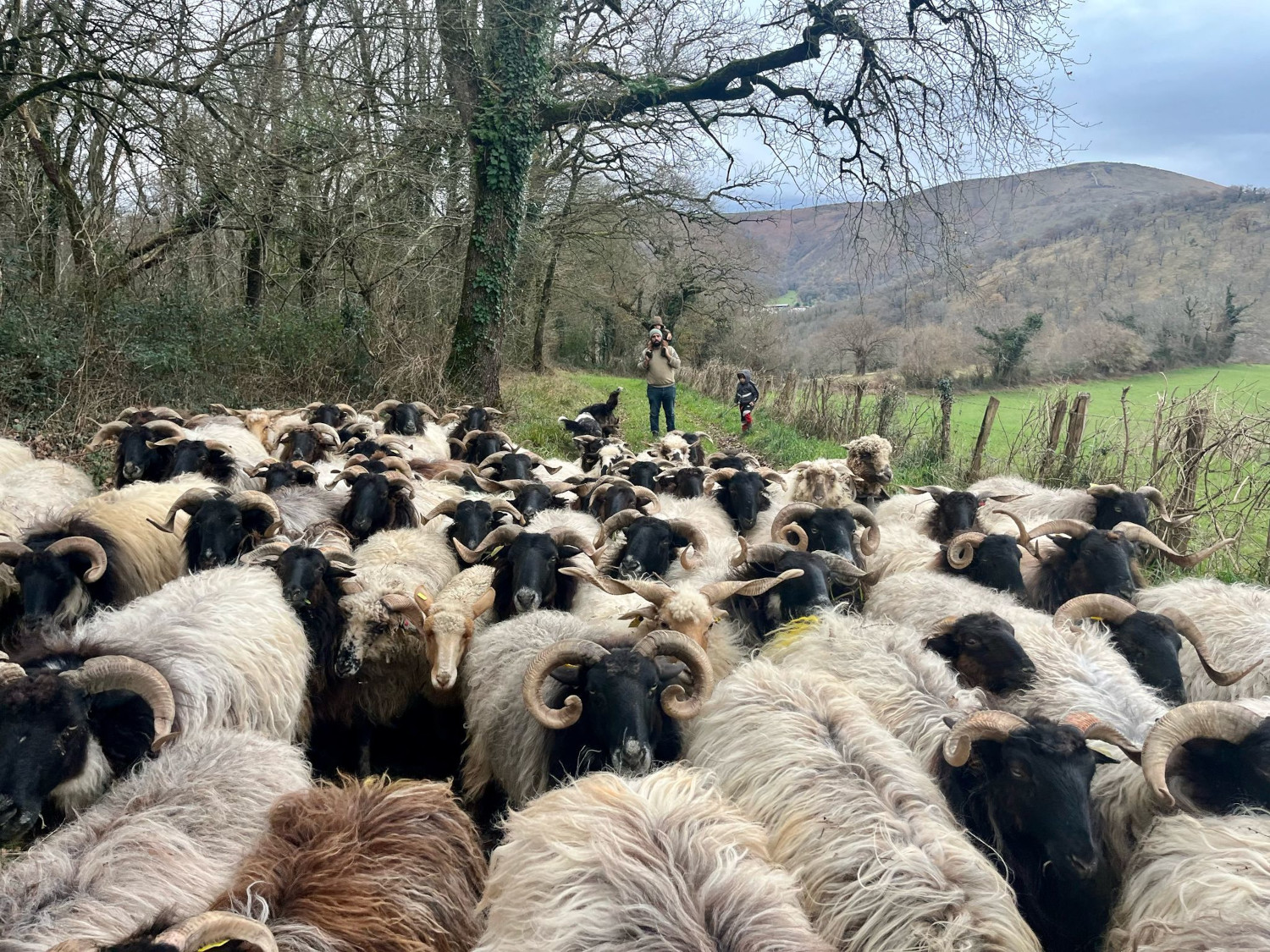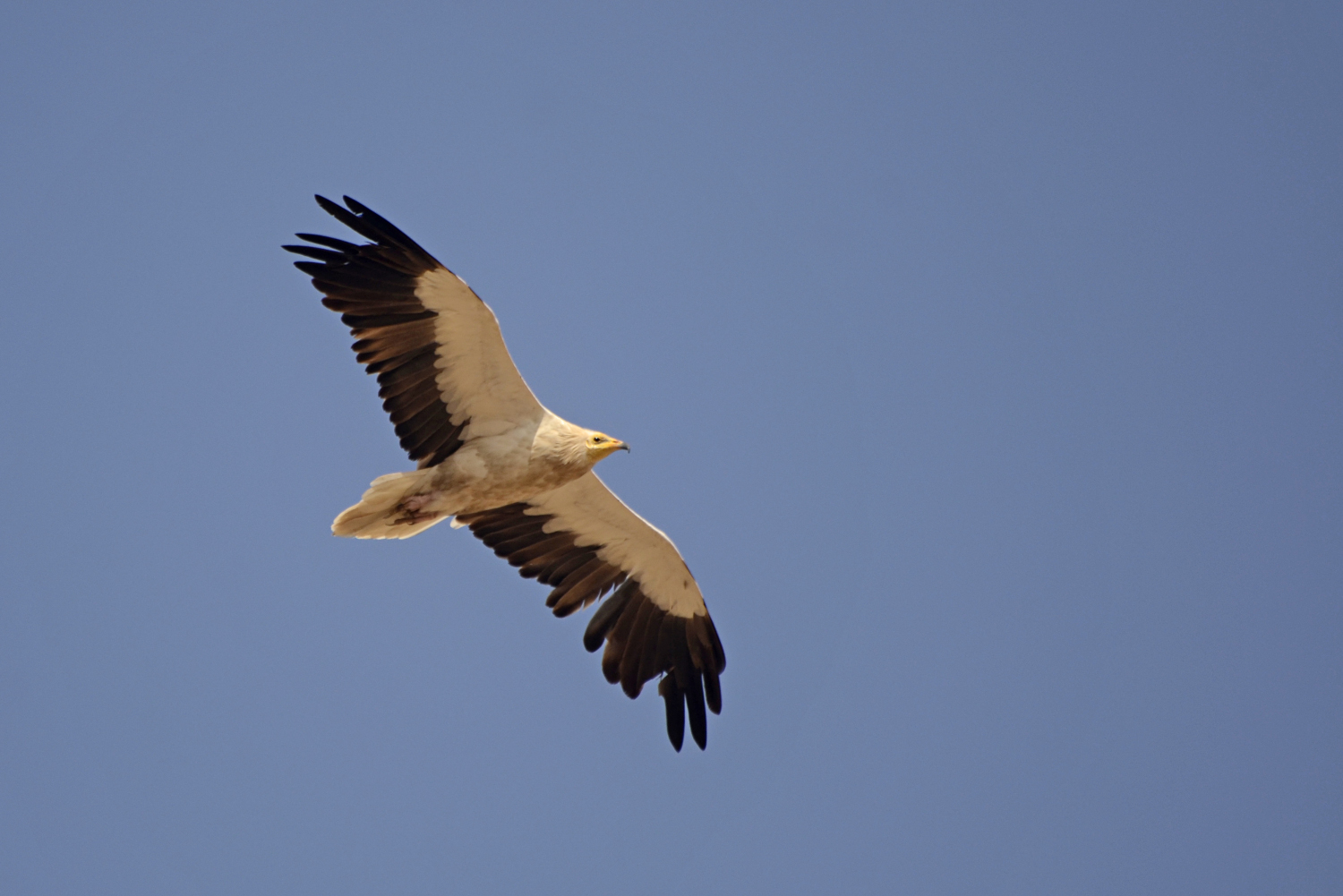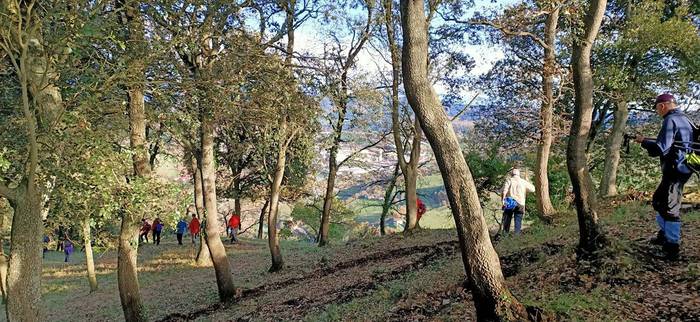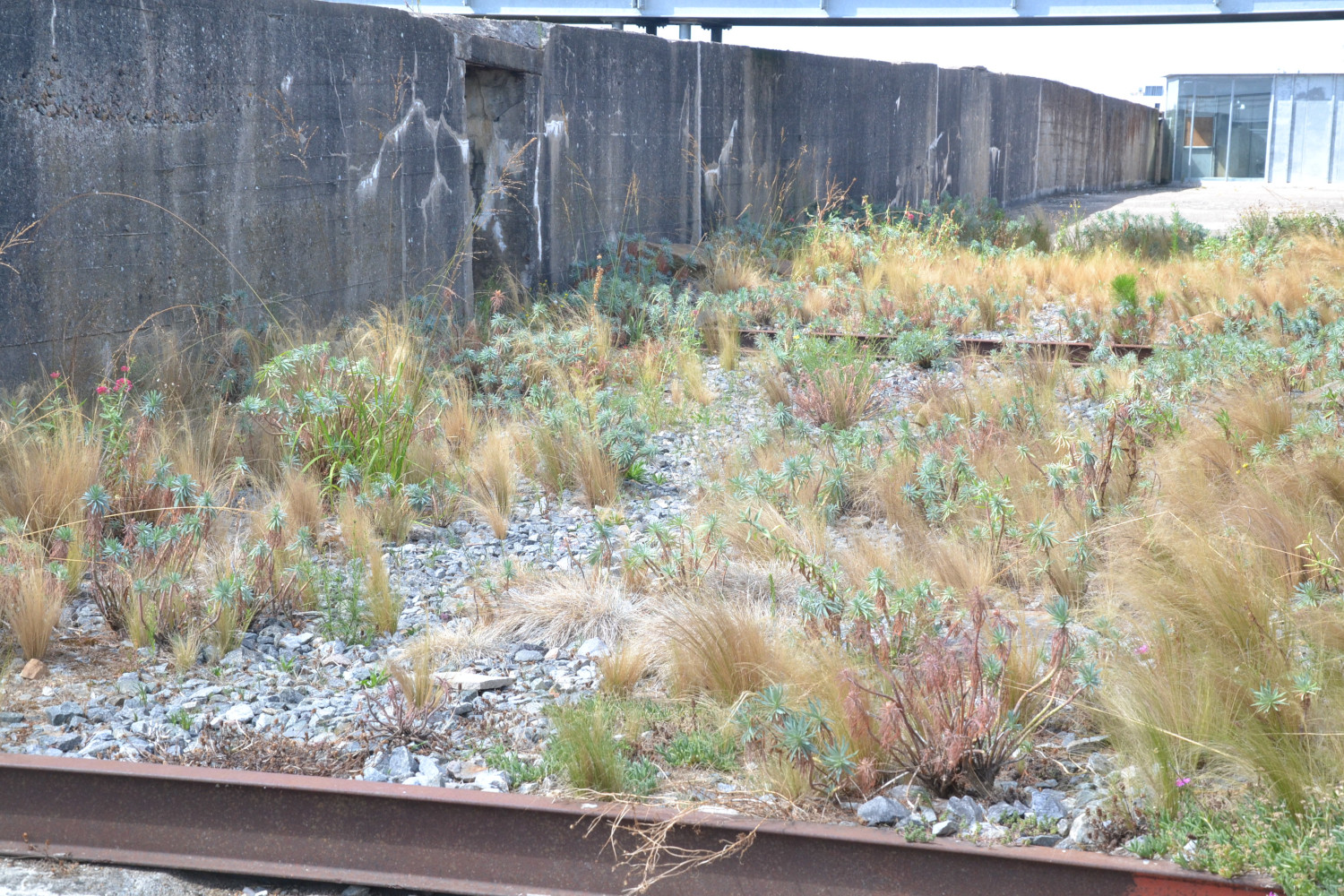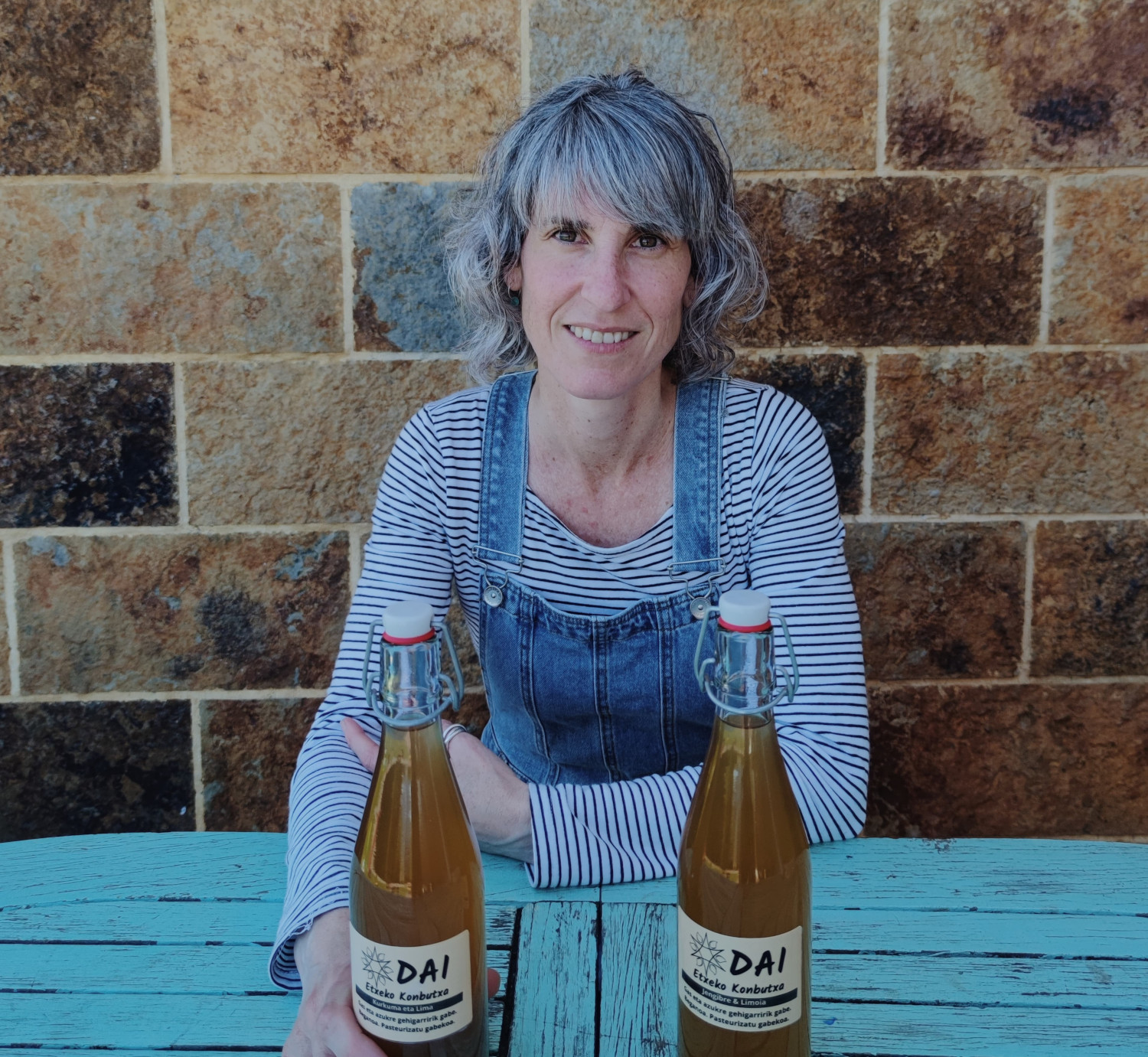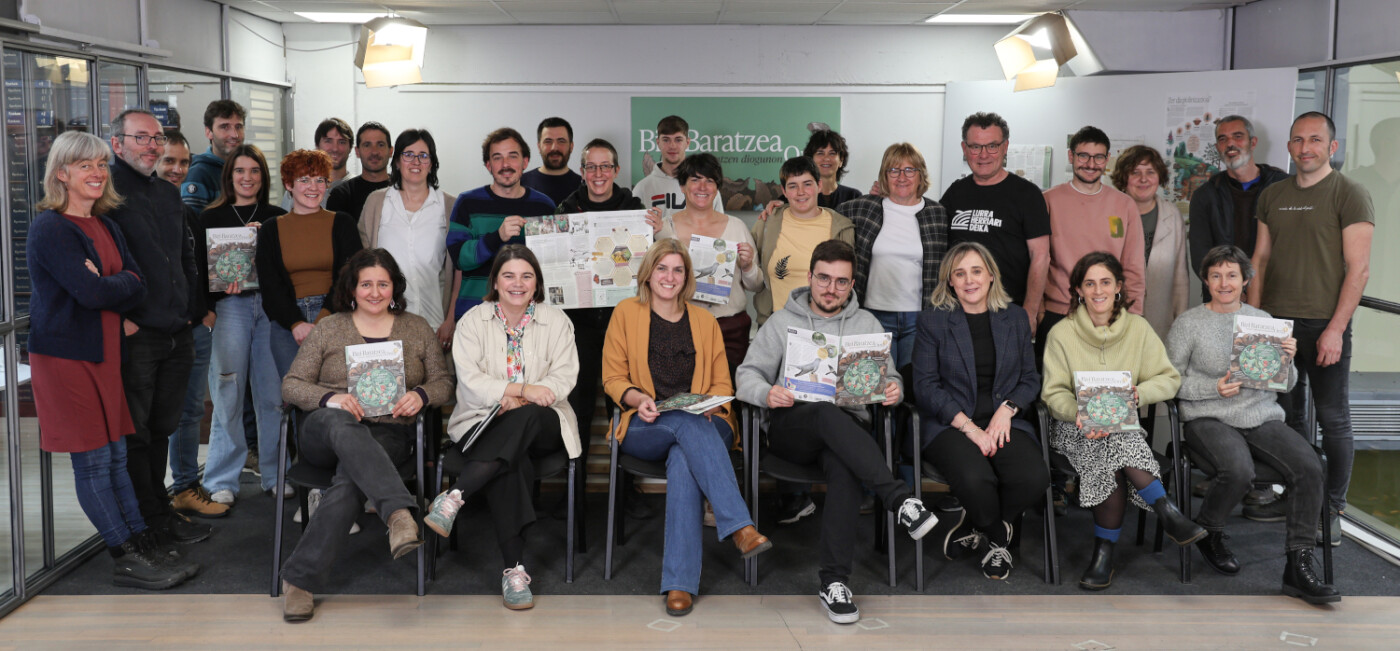Autumn cleaning
A year ago, I wrote the article on how to make the ninth fall, and I have to rewrite about the work that the station asks us to do. In fact, I'm seeing a lot of social media posts, and I'm worried that we have time to do a liver cleanse. It is now going to serve those who are going to enter in the spring, but it is up to us to look at other organs and we should not create confusion.

Among us there have been novenas and cleanings both in spring and autumn, perhaps because the body has to adapt to many changes, because many evils have times of resurrection or worsening, and surely also because we have medicinal plants to make those cleanings.
Since last year the one who is doing the ninth has asked me if the rest of the days he died can do something else. The answer is affirmative and as we have options, we will point out some to choose the one that best comes to you, the one that has no consequences.
In any case, the goal is to remove excessive fluids retained in the body before winter, strengthen bladders and kidneys, wash sweat, give a clean lymph and expel mucus (if any), as long as the body allows.
In the book What medicinal plants know I talked about the purifying tincture of three roots and we will look at one of them, the root of the chicory tooth (Taraxacum officinale). In spring we can use leaves and roots to clean the liver, but its power is large and fall roots have different properties according to studies.
Many readers, for example, will have in their heads a chicory herb with blue flowers (Cichorum intybus) and does not do so badly, because its roots have also been used to accompany coffee or to make a chicory that substitutes coffee. At the time of the coffee crisis began the tradition of adding chicory and the roots of one and another herb were used, depending on where it occurred. What is sold today in herbalism is the second, the root of the blue flower, not the root of Taraxacum officinal. Both are excellent medicinal herbs, and the therapeutic work they do is not exactly negligible.
The roots of Taraxacum officinale are extracted with a two-tooth hoe, washed with water and brush, cut into coins and dried on cardboard. Once dried, drain in the pan and grind in the small grinding mill to grind the coffee, crushing them. Then they drain again and when they cool completely they are collected in an airtight container. In the prairie the one who buys the Cichorum intybus only has to pierce and grind.
They can be taken alone or at the same time as coffee (50% or less) but they do not accept any condiment because otherwise we will prevent purification work. From behind you can have breakfast as usual.
If we take medicines for high blood pressure, heart or kidneys, consult your doctor before using this herb. Do not use during pregnancy and lactation. It is not for use in children. If we have stomach disease, it can cause burns to the heart. Anyone who has never done the ninth in spring or fall, or cleaning, does not start doing it directly, because it can be too strong.








